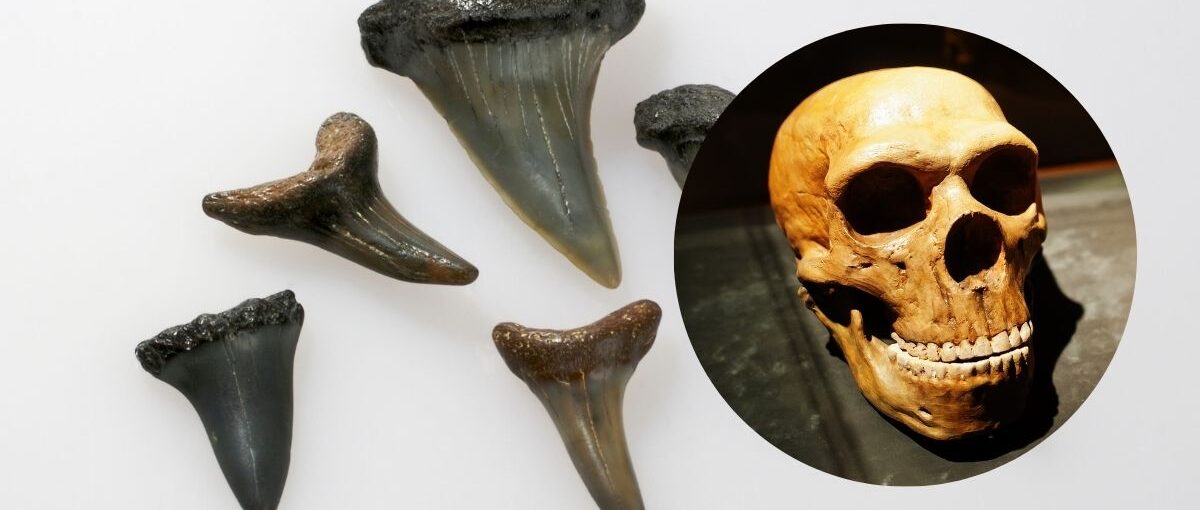Ancient, fossilized teeth, uncovered during a decades-long archaeology project in northeastern Ethiopia, indicate that two different kinds of hominins, or human ancestors, lived in the same place between 2.6 million and 2.8 million years ago — and one of them may be a previously unknown species.
The discovery provides a new glimpse into the complex web of human evolution. Ten of the teeth, found between 2018 and 2020, belong to the genus Australopithecus, an ancient human relative. Meanwhile, three teeth, found in 2015, belong to the genus Homo, which includes modern humans, or Homo sapiens. The results were published Wednesday in the journal Nature.
Such an overlapping of two hominins in the fossil record is rare, which had previously led scientists to believe that Homo appeared after Australopithecus, rather than the two being contemporaries.
Australopithecus species walked upright much like modern humans, but had relatively small brains, closer in size to those of apes. The emergence of Homo species, with their larger brains, is easy for people today to view as some sort of evolutionary upgrade on a path to modern humanity.
But the coexistence of the two demonstrates that hominins developed, and lived, in multiple varieties at once.
“This new research shows that the image many of us have in our minds of an ape to a Neanderthal to a modern human is not correct — evolution doesn’t work like that,” said study coauthor Kaye Reed, research scientist and president’s professor emerita at the Institute of Human Origins and emeritus professor at the School of Human Evolution and Social Change at Arizona State University, via email. “Here we have two hominin species that are together. And human evolution is not linear, it’s a bushy tree, there are life forms that go extinct.”
Past Discoveries
Since 2002, Reed has been a co-director of the Ledi-Geraru Research Project, which is focused, in part, on searching for evidence of early Homo species. In 2015, the team announced the discovery of the oldest known Homo jawbone at 2.8 million years old. It has also searched for later evidence of Australopithecus afarensis, which first appeared 3.9 million years ago, but there is no sign of these ancient human relatives in the fossil record after 2.95 million years ago — suggesting they went extinct before Homo’s first appearance.
Australopithecus afarensis is best represented by the famed fossilized remains of Lucy, discovered in 1974 in Ethiopia. Lucy was shorter than an average human, reaching about 3.3 feet (1 meter) in height, had an apelike face and a brain about one-third the size of a human brain. Her fossil showcased a mixture of humanlike and apelike traits and provided proof that ancient human relatives walked upright 3.2 million years ago.
Join our WhatsApp Group. Send a WhatsApp Message to +254 799 919 666

